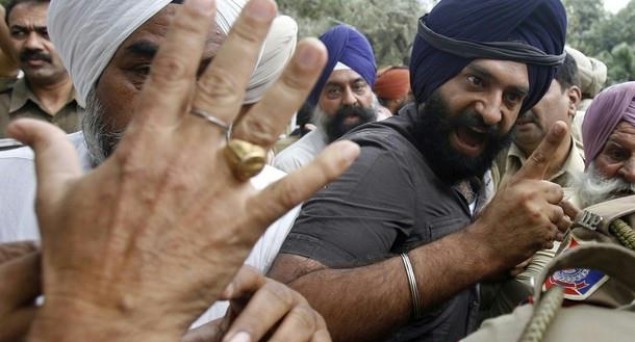I would assume some here who watch Cricket have heard the Sri Lankan music at the Cricket matches. The Rock and Roll of Sri Lanka; Papare a mix of kavadi (old indigenous beats), African beats and the adoption of trumpets with gusto.
Kavadi is age old music/tribal drums for dance that was a catharsis of the psyche of frustration and repression.
Do discos and drugs play a similar role in modern society. Holy water, Holy ash, Talking in tongues, Possessed by the Spirit all the same sides of a coin.
In Europe, Christianity almost able eradicate and replace the ancient Gods, Woden, Thor.
Unhappily, the agnostic philosophy of the Buddha never eradicated or replaced the ancient gods.
People need God/Gods, be it the rock and roll, or some theoretician like Marx or Adam Smith or variations of those.
This is the Western Christian version of being possessed by the Spirit.
A quote from the Video above
The power of Gods sometimes moves them to dance before the Lord .. (They get drunk in the spirit).
Replace above with Kali
The power of Kali sometimes moves them to dance before the Goddess .. (They get drunk in the spirit (of Kali).
==
https://www.youtube.com/watch?v=l9R4c_RZ1N4
https://www.youtube.com/watch?v=EFdBn7O2ocY
Many who do these “dances for gods/s” in style, i.e family, extended family are probably doing the rituals to atone for “sins”. Plus a big donation to the temple/priests.
In a mainstream Christian context, like donating a wing for a Church or University. Evangelical church context, like singing and dancing and making a big donation for the pastors Jet-stream plane.
Many think the world has become more rational. Maybe the minute, even then I doubt it.
===
This is a secular Papare band
The ancient and the modern music meet at one of the oldest cricket matches in the world. The Royal–Thomian played since 1879.


 On this episode Razib talks to his old friend David Boxenhorn. Raised in New England as an American Jew, David made aliyah to Israel in his early 20s. There he married and raised a family, and now he considers himself an Israeli of the. National Religious persuasion.
On this episode Razib talks to his old friend David Boxenhorn. Raised in New England as an American Jew, David made aliyah to Israel in his early 20s. There he married and raised a family, and now he considers himself an Israeli of the. National Religious persuasion.